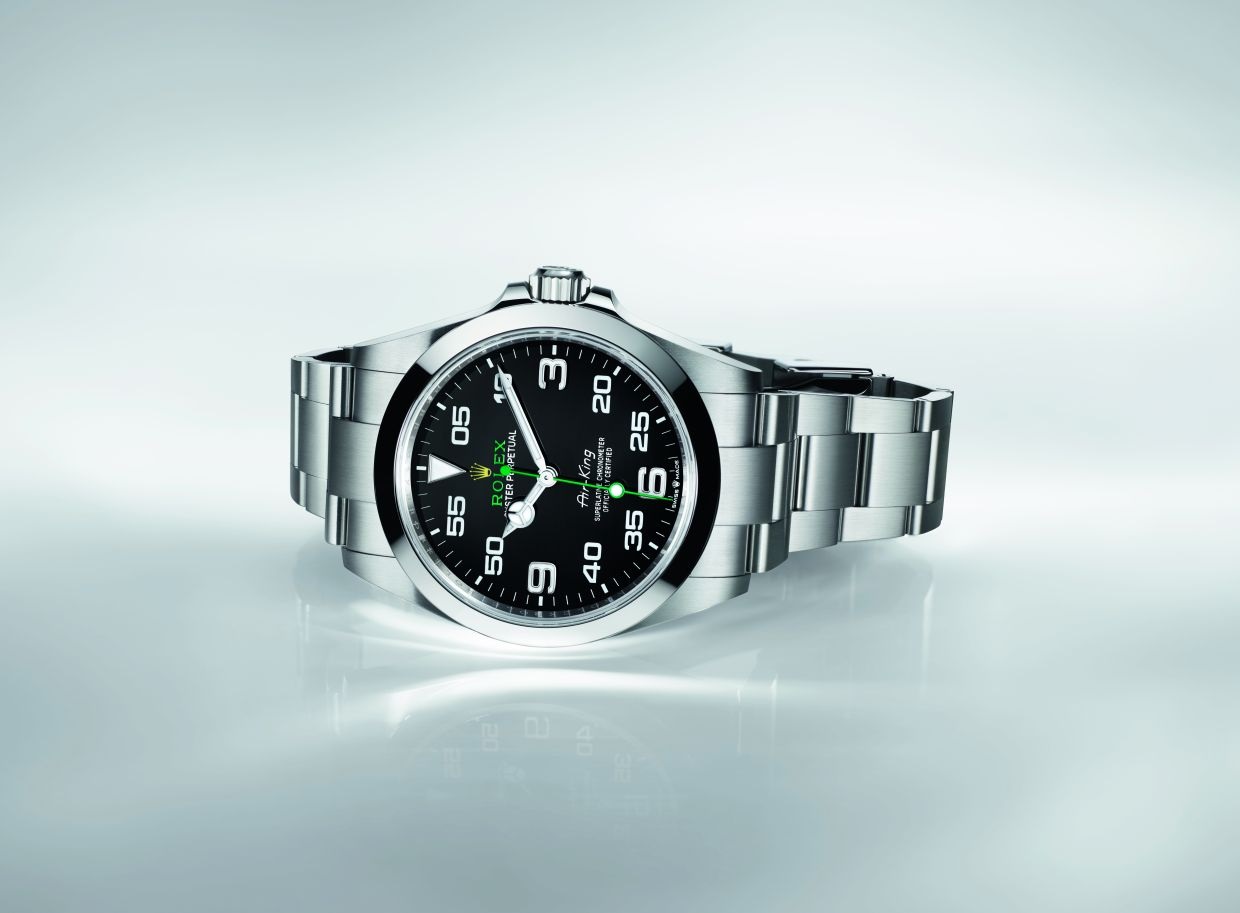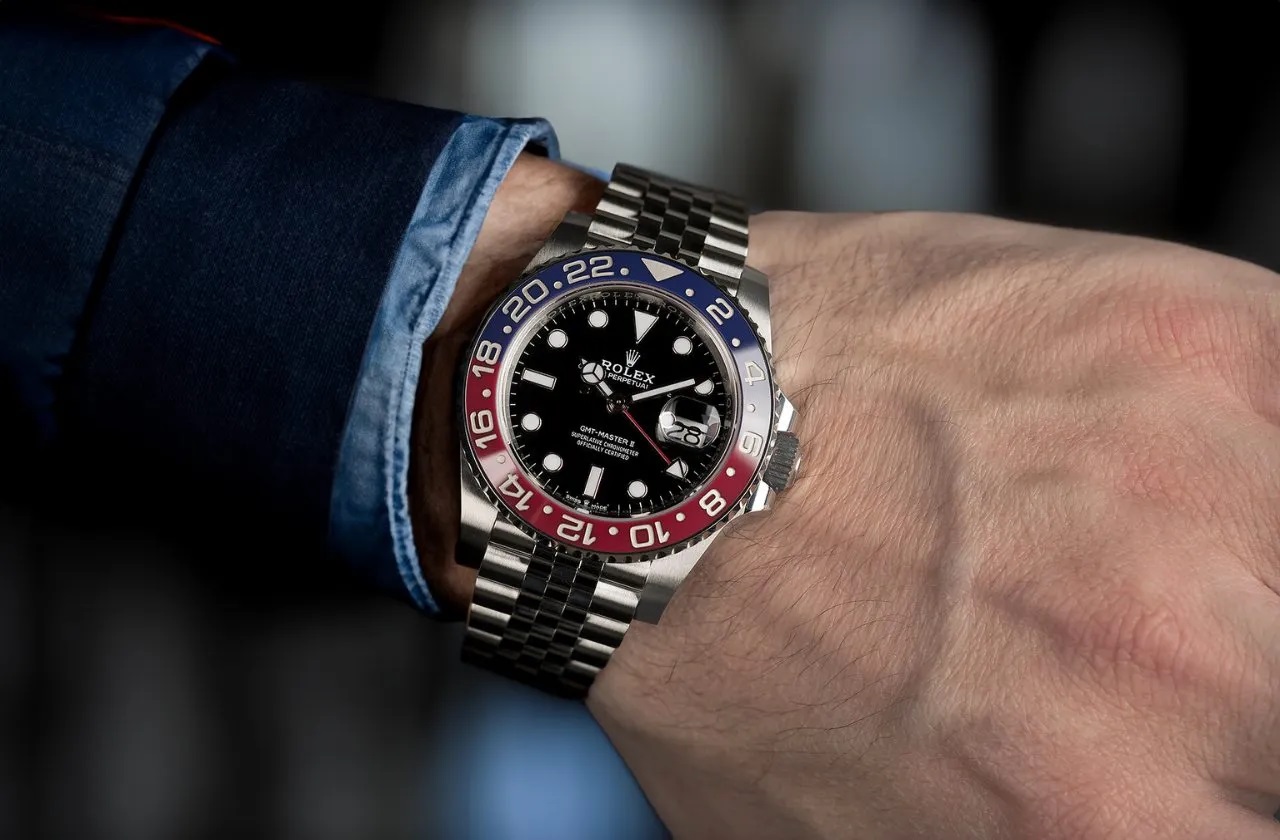Modeling is a lucrative career for those with the right skills and talents. However, it can also be difficult and requires a high level of dedication.
There are a variety of hard skills that models need to succeed in this field, including flexibility, communication, and organizational abilities. These skills can help models respond to requests from clients and photographers about poses, styles, and more.
Skills for Modeling
Modeling requires a variety of skills, including observation, coordination, flexibility, and communication. It also requires a strong sense of personal style and a positive attitude. It can be a rewarding career for those with the right attitude and willingness to put in the work.
The ability to adapt quickly is crucial for modeling. For example, if a designer asks you to wear a dress that’s several sizes too small, you need to be flexible enough to try it on and figure out how to pose and move in it.
You can develop these skills through practice and training. In addition to physical training, you’ll need to learn about the latest trends in fashion and how to pose for a photo shoot.
In addition, you may need to develop money-management skills. Because models often don’t get a consistent income, they need to be able to budget and save money for future expenses.
Similarly, some models choose to take on part-time jobs in the modeling industry as a way to build their portfolio and gain experience. These may include working as a volunteer for a fashion show or as an art model for an educational institution.
There are many different types of modeling, each with its own set of expectations and requirements. For instance, high fashion photography has strict height requirements, while mail order catalogue photography doesn’t have as many. In addition, some types of modeling are more competitive than others. Therefore, it’s important to choose a type of modeling that aligns with your interests and skills.
Observation
Observation is the skill of paying attention to people and their activities, and then taking note of what they do. It is one of the most important skills for modeling because it helps you figure out how people interact with each other and what things in their environment influence their behavior.
Using observation to research behaviors is often more effective than other research methods, because it allows you to observe behavior in a natural setting. This can help you uncover insights that may not be possible in other settings, such as a survey or focus group.
Some research uses a more systematic observation method, which is similar to an experiment, where participants are placed in a controlled setting and are observed over time. This is useful for identifying trends in a field, as well as generating a permanent record of the behaviors that occur in a specific area.
When studying a product, for example, researchers often observe customers as they purchase a new item to see how it affects their behavior. They can then use their observations to develop a theory about how the product works or why a customer made a certain decision.
Another kind of observational research is a case study, which focuses on a single person or event. This type of research can be helpful when it is hard to know what caused an event in the first place, such as when an employee has a disease or a car crash.
There are also other types of observational research, such as participant observations, which involve joining a group or community and watching what happens within it. This can be helpful for learning about rituals or social processes that are difficult to understand through other means, such as reading a book or watching a video.
Coordination
Coordination is a skill that allows a model to keep track of their schedules and travel to various locations. This is especially important for fashion models because they often work with multiple designers and brands.
This skill is necessary because they may need to wear different clothes on each shoot, and they must be able to adapt to different conditions. For example, they might need to change their body language if they are wearing bikinis in cold temperatures.
In order to achieve this, a model must be able to coordinate their activities with other staff members and with the designer of their clothing. This can help them stay on schedule and avoid conflicts.
Planning is another important coordination skill because it helps a model assess how their work relates to an organization’s overall goals. It also encourages communication between staff members and helps eliminate misunderstandings.
Despite the importance of coordination, it is a hard skill to develop. Depending on the nature of the modeling job, it may be difficult to maintain good coordination when dealing with a large number of employees or changing working hours and conditions.
Therefore, a model should practice this skill while developing their other skills. For example, a model with good coordination skills might be able to plan their work shifts so that they can attend client appointments during times when they aren’t on set.
Coordination is essential for a large business enterprise because it ensures that all departments perform their tasks in tandem to reach the organization’s goals. Similarly, it reduces the amount of duplication of work that leads to costly operations.
Flexibility
A model needs to be flexible to adapt to new situations, such as when a designer asks the model to wear a dress that’s several sizes too small. Also, they must be able to pose well for photographers and clients during photo shoots and commercials.
The best way to improve flexibility is to do a daily stretching routine. You can do dynamic stretching, which stretches your muscles through movement, or static stretching, where you hold positions for longer periods of time.
Stretching can also help reduce the risk of injury. It can prevent overuse injuries, which happen when a joint or muscle is not flexible enough to perform a specific movement properly.
Flexibility can be increased by doing exercises that work all of your major muscle groups (legs, hips, back, abdomen, chest, shoulders and arms). These exercises should be performed to the point where it would be difficult to do another repetition without assistance.
When performing these activities, try to go a little bit farther in each repetition. This can help increase your flexibility more quickly.
Overall, there is a lot of evidence that flexibility is associated with health outcomes in adults and youth. However, there are a number of reasons why this relationship may not be clear or consistent. Among the issues are the tests used, the study designs, and the characteristics of the participants.
The CDC searched a literature library to screen the results of 6,016 studies addressing flexibility. These studies included a wide range of measures, including sit-and-reach, lunge, and leg swings. These measurements are often used in large-scale fitness testing of youth and have been shown to be valid and reliable in both survey and school settings.
Communication
Models often work in an environment where they must communicate frequently with clients, agents, and other industry professionals. They also need to be able to effectively translate complex information into a format that everyone can understand.
Communication skills are a hard skill to develop, but it’s essential for success in modeling. Strong communicators have the ability to convey information through their body language and through their voice. They also have the skill to listen carefully to ensure they understand the message.
A good way to practice your communication skills is by practicing with a friend or mentor. They can help you to identify your strengths and weaknesses, and can provide feedback on how you can improve.
For example, they can tell you if you use too many contractions or if you sound nervous when talking to other people. They can also offer advice on how to overcome these issues so that you can have a positive impact on others.
If you’re not a great communicator, it can be difficult to build relationships with other people in your career or field of study. For example, if you’re in a science or engineering field, it may be harder to form relationships with people who have different cultural and societal expectations than you do.
Another example is if you’re in a law or business field, it may be hard to form relationships with people who have different political goals than you do. For example, if you’re a union organizer trying to push for more rights on the local level, it may be harder to form relationships with other coworkers who don’t share your political goals.
For this reason, it’s important to build relationships with other people before trying to reach a wider audience. Otherwise, you’ll be ignoring the social relationships that could have been instrumental in helping you to find grievances and build movement.



